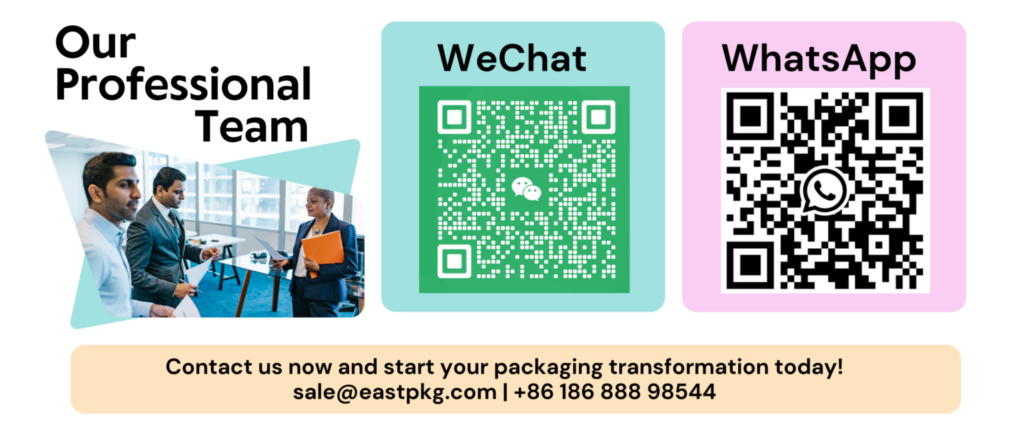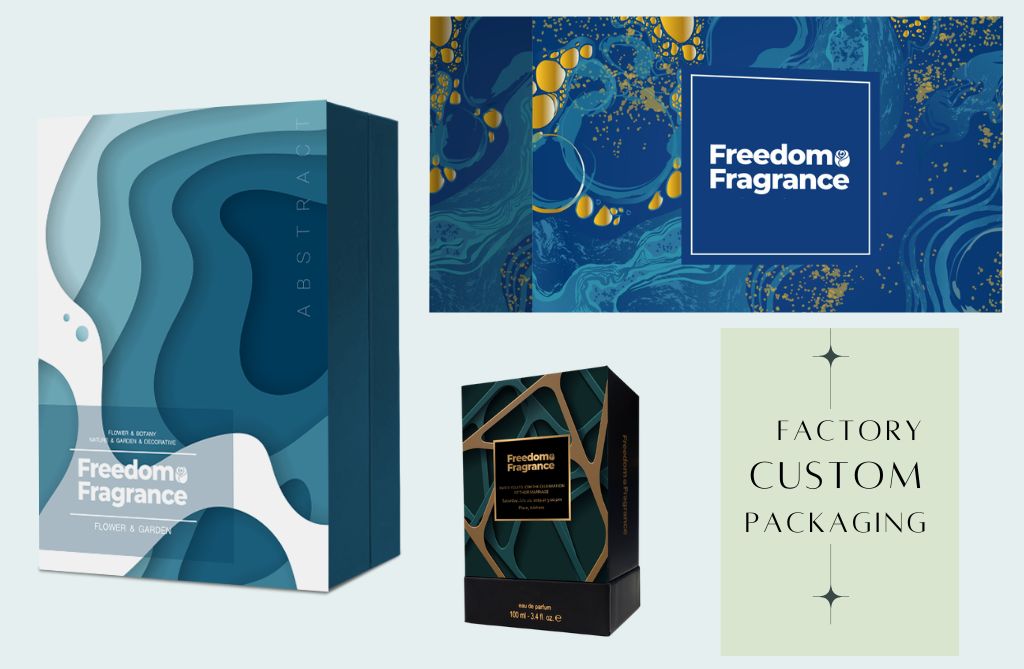In the fast-paced world of global trade, the packaging industry is vital, acting as a bridge between producers and consumers. Among the many materials that define this sector, cardboard stands out for its versatility, eco-friendliness, and essential functions.
This article, “The Multiple Roles of Cardboard: An Indispensable Force in the Packaging Industry,” explores the pivotal roles Paperboard plays in modern packaging and highlights its impact on sustainable development, brand communication, and consumer experience.
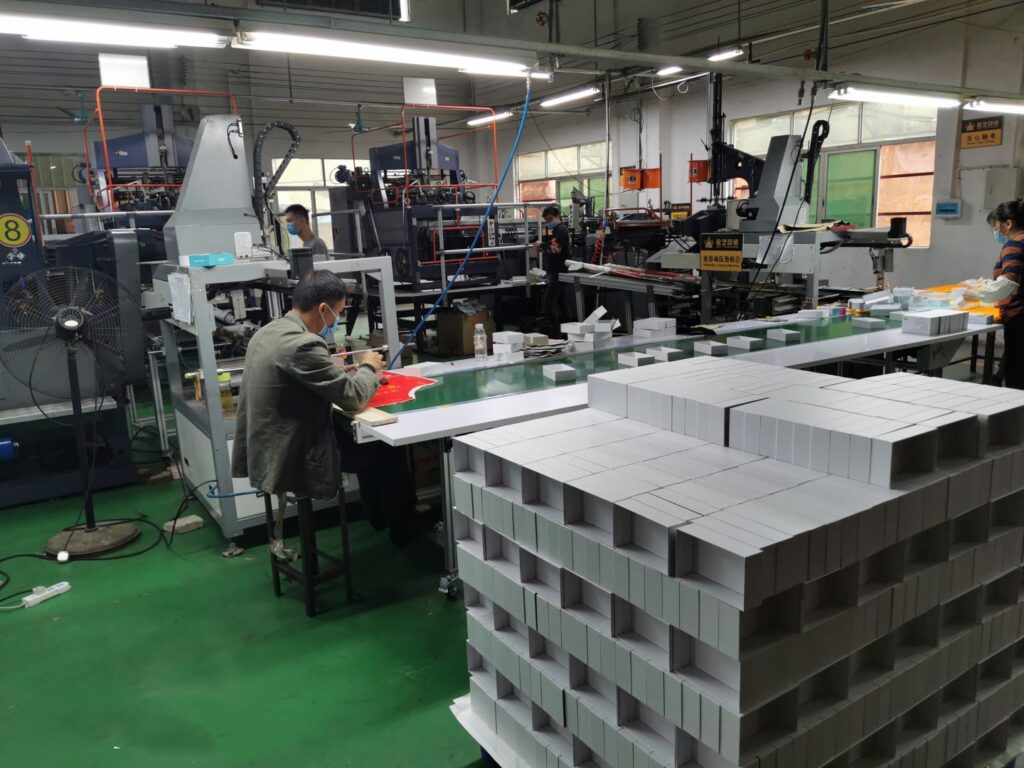
Introduction: Paperboard — The Evergreen of the Packaging Industry
At first glance, Paperboard may seem like a simple material, but it embodies a wealth of possibilities and significance. Over the years, cardboard has transformed from a basic protective layer to a multifunctional, sustainable packaging solution that sits at the heart of the industry. As packaging needs have evolved, so too has Paperboard’s role, reflecting advancements in packaging technology and responding to humanity’s growing emphasis on sustainable practices, convenience, and aesthetics.
Protector: Ensuring Product Safety
1. Physical Barrier
One of cardboard’s primary roles in packaging is to safeguard products from external damage during transit and storage. With the ability to absorb shocks and withstand compression, Paperboard provides a reliable physical barrier against potential harm, including vibration, impact, moisture, and dust. Its sturdy structure allows products to reach consumers intact, fulfilling its essential purpose as a dependable protector.
2. Information Carrier
Beyond its protective function, cardboard also serves as an effective information carrier. Printed labels, graphics, QR codes, and barcodes on cardboard packaging provide consumers with essential details, such as product specifications, usage instructions, production dates, and expiration dates. This readily accessible information aids consumers in making informed choices and supports product traceability throughout the supply chain, reinforcing both product safety and brand transparency.
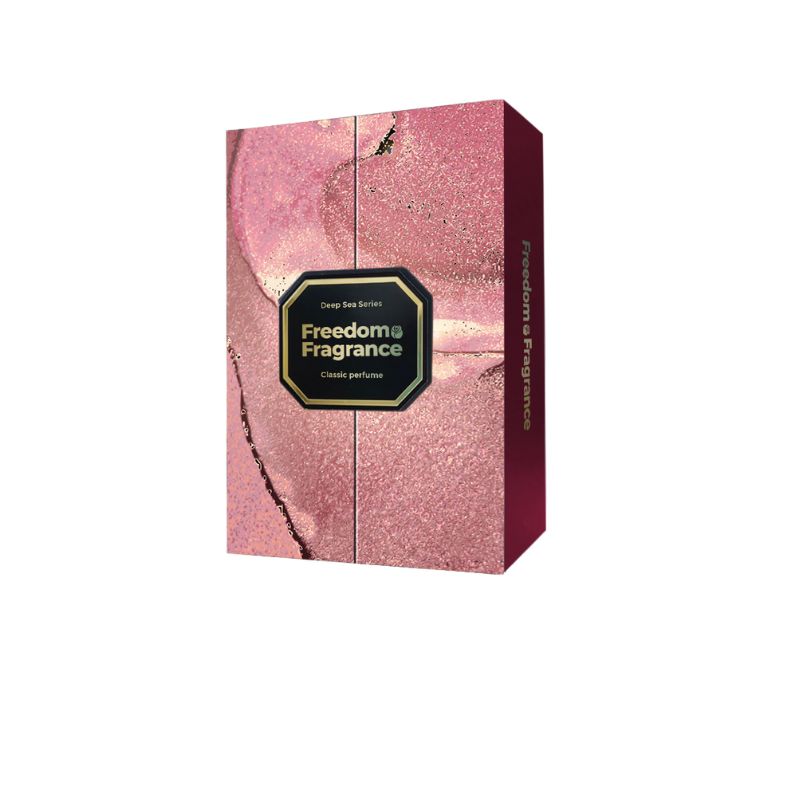
Marketer: Enhancing Brand Image
1. Eye-Catching Design
In today’s highly competitive market, capturing consumer attention is a top priority for brands. As the first thing a customer sees, creative Paperboard packaging can make a powerful impression. Unique designs, custom printing, vibrant colors, and interesting shapes allow Paperboard packaging to stand out on crowded shelves, sparking curiosity and driving consumer interest. Custom Paperboard packaging thus plays an invaluable role in marketing by differentiating products and attracting buyers at first glance.
2. Brand Communication
More than just a container, cardboard packaging is a platform for brand storytelling. Through thoughtful design choices—consistent colors, logos, high-quality materials—brands can communicate their values, aesthetics, and unique identity. Effective cardboard packaging fosters brand recognition and strengthens consumer loyalty by making a memorable impression. Every detail in a well-designed cardboard box can reinforce brand messages and increase recall, turning ordinary packaging into a powerful marketing tool.
Environmental Advocate: Promoting Sustainable Development
1. Recyclability and Reuse
As a recyclable packaging material, cardboard is widely recognized for its environmental benefits. Recycling cardboard reduces the need for new raw materials and decreases waste, making it a pillar of the circular economy. With advancements in recycling technology and more efficient systems, cardboard has become a leading choice for sustainable packaging solutions, and its high recyclability rate further enhances its environmental appeal.
2. Use of Eco-Friendly Materials
In response to rising environmental awareness, the cardboard industry has incorporated more eco-friendly materials. Sustainable alternatives, such as bio-based materials and biodegradable plastics, offer similar performance to traditional cardboard but with added environmental benefits. By integrating these materials, cardboard packaging not only meets consumer demand for green packaging but also supports a global movement toward responsible consumption and production.
3. Reduction and Lightweighting
The cardboard packaging industry also promotes reduction and lightweighting to minimize resource use and environmental impact. By optimizing structural designs and using lighter materials, manufacturers can maintain durability while reducing the overall amount of cardboard required. This approach not only supports sustainable packaging practices but also helps companies lower production costs and transportation fees, creating a win-win for both businesses and the environment.
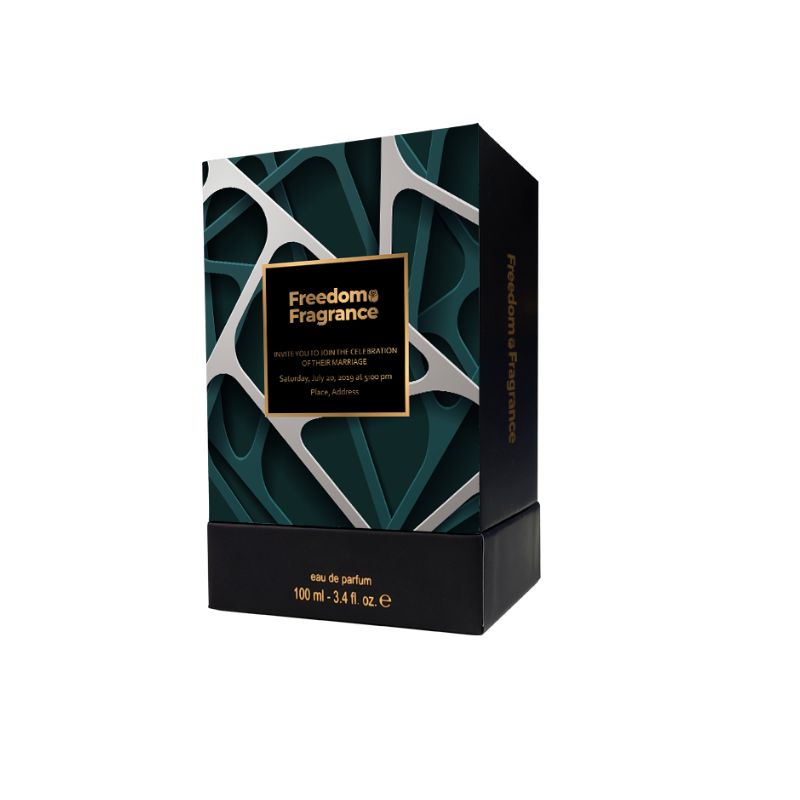
Innovator: Leading New Trends in the Packaging Industry
1. Smart Packaging Technology
As technology advances, smart packaging has become a major trend, and cardboard is playing a role in this evolution. Smart cardboard packaging can incorporate technologies like sensors, RFID tags, and QR codes, allowing for product tracking, anti-counterfeiting, temperature monitoring, and more. These innovations enhance both the consumer experience and product security, making smart cardboard boxes a valuable asset in an increasingly connected world where data-driven solutions are valued.
2. Personalized Customization
Today’s consumers seek unique, personalized experiences, and customized packaging is increasingly popular. Cardboard’s versatility allows brands to offer tailored packaging solutions that reflect individual consumer preferences, from color and design to shape and size. Through personalized packaging, brands create memorable unboxing experiences that strengthen customer loyalty and elevate the perceived value of their products.
3. Cross-Sector Integration
The cardboard packaging industry is also exploring cross-sector integration with fields such as art, technology, and culture. These collaborations bring innovative design elements to cardboard packaging, expanding its applications. For instance, partnerships with artists can produce packaging with aesthetic appeal, while collaborations with tech firms add intelligence to packaging, creating an engaging consumer experience. Such integrations not only add functionality but also introduce cardboard into new markets, from luxury goods to electronics.
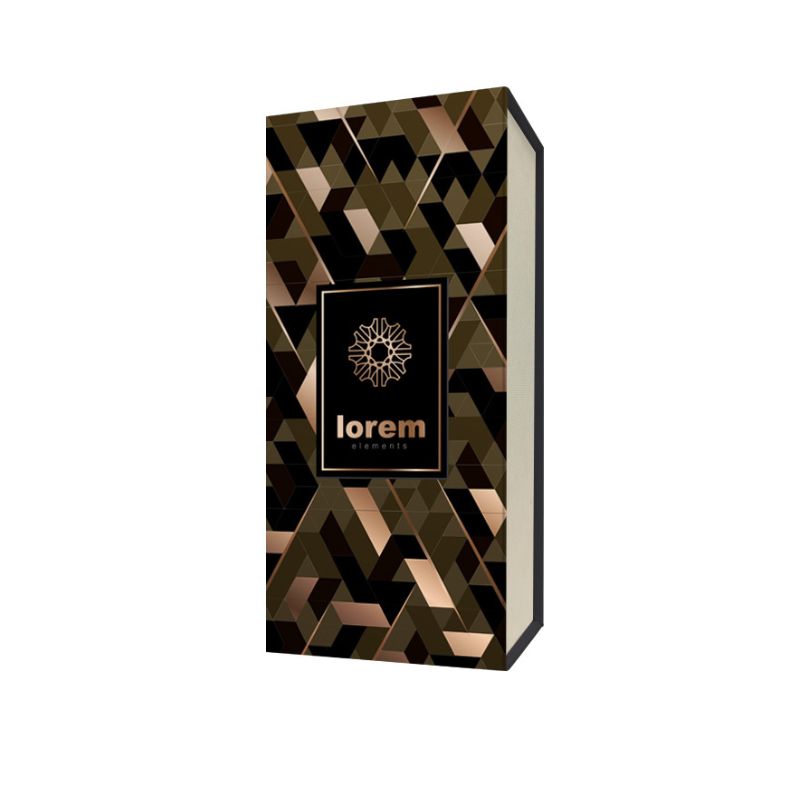
Conclusion: Cardboard — The Shining Star of the Packaging Industry
In summary, cardboard is a multi-functional and indispensable force in the packaging industry. From protecting products and supporting brand communication to promoting sustainability and driving innovation, cardboard remains at the forefront of modern packaging. As environmental awareness grows and consumer expectations evolve, the cardboard packaging industry is set for significant growth and transformation in the coming years.
Cardboard’s versatility and eco-friendliness have solidified its role in sustainable packaging. Its adaptability to green, smart, and custom trends ensures that cardboard will continue to be an essential material in the industry. Looking to the future, cardboard is poised to meet the needs of a sustainable world by supporting green packaging practices, integrating with smart technologies, and delivering unique custom packaging solutions. With its endless potential and adaptability, cardboard is a true shining star in the world of packaging.
